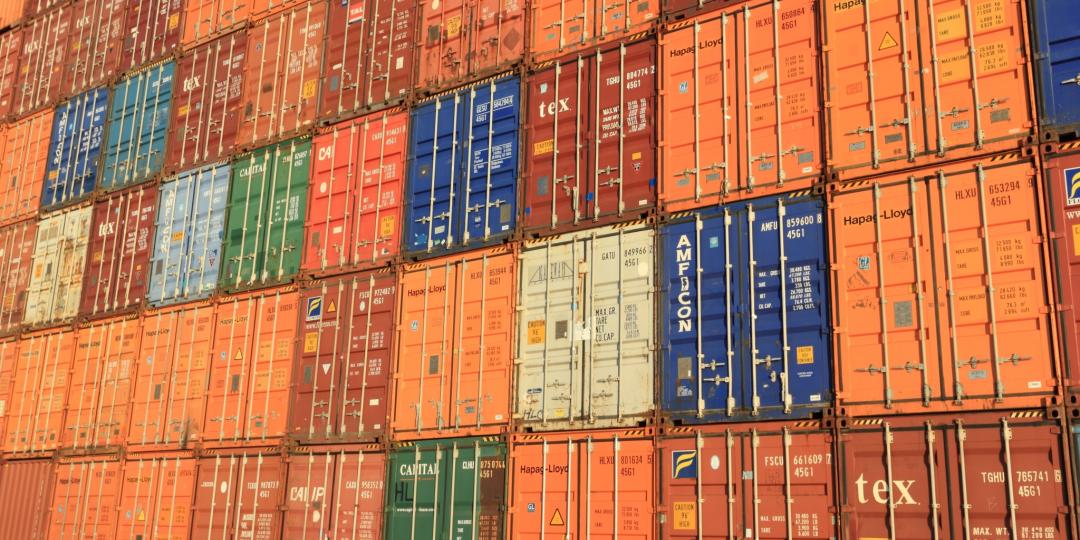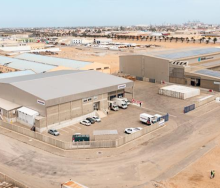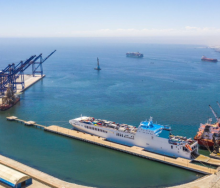May saw the highest-ever monthly increase in long-term contracted ocean freight rates, as the cost of locking in container shipments soared by 30.1%.
That’s according to Xeneta CEO Patrik Berglund who said the unprecedented hike, revealed in the latest Xeneta Shipping Index (XSI®) Public Indices for the contract market, meant that long-term rates were now 150.6% up year-on-year. In 2022 alone costs have climbed by 55%.
“This is a staggering development,” said Berglund.
“Just last month we were looking at an 11% rise and questioning how such continued gains were possible. Now we see a monthly increase of almost a third, blowing the previous XSI® records out of the water. The breathtaking gains reflect the sharp increase of the average of all valid long-term contracts as the older contracts with lower rates expire, and are replaced by the newer contracts with much higher rates.
“It’s a worrying time to be a shipper…and halcyon days for the carrier community, even as the market has started showing signs of slowing down."
Oslo-based Xeneta’s XSI® is compiled from real-time data crowdsourced from leading shippers, delivering in-depth insights into key global trades. Companies participating in the benchmarking and market analytics platform include names such as ABB, Electrolux, Continental, Unilever, Nestle, L’Oréal, Thyssenkrupp, Volvo Group and John Deere, amongst others.
“It goes without saying that the main carriers are achieving astronomical results at the moment,” Berglund said. “Last month we saw deeply impressive figures from OOCL and Maersk, and now we have Zim posting a 113% year-on-year revenue jump, with an Ebitda of $2.5 billion. As a result, the management team has upgraded its full-year Ebitda to $7.8-8.2bn.
“Shippers, on the other hand, are being bled dry, while the lockdowns in China, allied to blanked sailings from the carriers to protect softening spot rates, have, and may continue to, impact upon the supply chain. Not as much cargo as anticipated has been moved over the last couple of months and, with the peak season approaching, that could cause added disruption. That leaves shippers in a position where they’re paying through the nose for services that, to be diplomatic, may not always meet expectations. It’s a very challenging time at present.”
With the difficulty of predicting developments on even a month-to-month basis, Berglund said that mid- to long-term forecasts were “nigh on impossible”. Continuing regulatory investigations into carrier practices could impact on business fortunes (although no evidence of collusion or unfair practices has been uncovered so far), while China’s zero Covid policy may continue to hit industrial and manufacturing output. Exactly how these things progress, not to mention the ongoing ramifications of geopolitical upheaval, casts a shadow of uncertainty over those looking to tailor the best logistics solutions for long-term needs.













